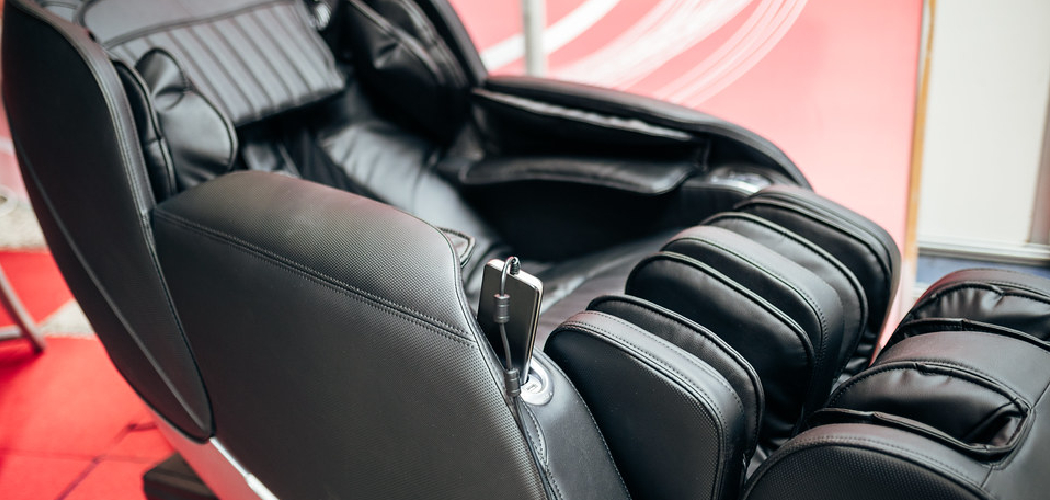Moving a massage chair can be a daunting task due to its size, weight, and complexity. Whether you’re relocating to a new home or simply rearranging your furniture, knowing to move a massage chair safely and efficiently is essential to avoid damage to the chair and potential injury to yourself.
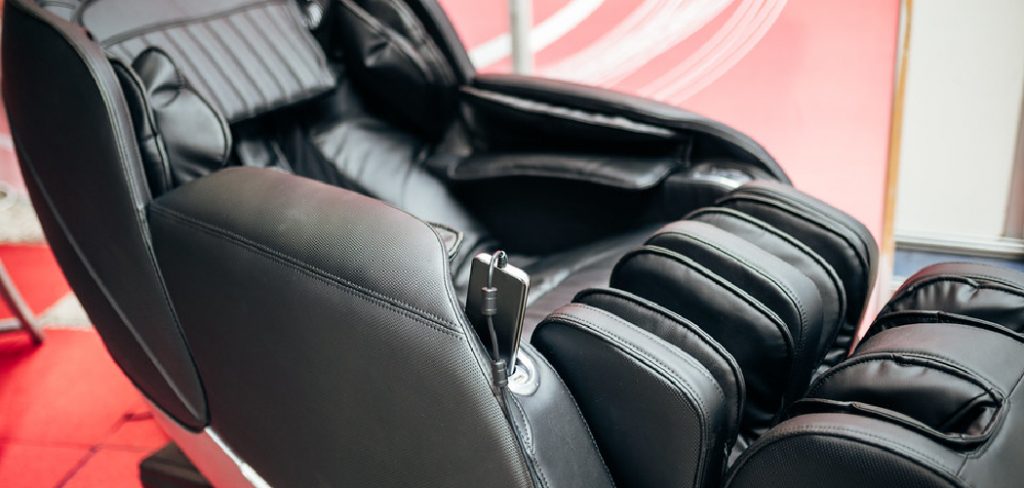
In this comprehensive guide, we will provide you with step-by-step instructions and practical tips on how to move a massage chair with ease. From preparing the chair and clearing pathways to enlisting help and using proper lifting techniques, we’ll cover everything you need to know to ensure a smooth and successful relocation.
Whether you’re a homeowner, a professional mover, or simply someone tasked with the job, this guide will equip you with the knowledge and confidence to move your massage chair safely and securely, preserving its functionality and longevity.
The Challenges and Importance of Moving a Massage Chair Safely
Moving a massage chair safely presents several challenges that simply cannot be overlooked. Firstly, the sheer weight and bulk of the chair make maneuvering it through tight spaces, doorways, and hallways a significant task. Unlike most furniture, massage chairs often come with delicate electronic components and intricate mechanical parts that can easily be damaged if not handled correctly.
Additionally, improper lifting techniques or failure to secure the chair can lead to personal injuries, ranging from minor strains to more severe injuries such as back pain or muscle tears.
Understanding the importance of moving a massage chair safely is crucial. Properly relocating the chair ensures that it remains in optimal working condition, extending its lifespan and preserving its functionality. Moreover, adhering to safe lifting and moving practices helps to mitigate the risk of accidents and injuries, safeguarding the health and well-being of everyone involved.
By taking the necessary precautions and following the appropriate steps, you can ensure a smooth and hazard-free move, allowing you to continue enjoying the benefits of your massage chair in your new location.
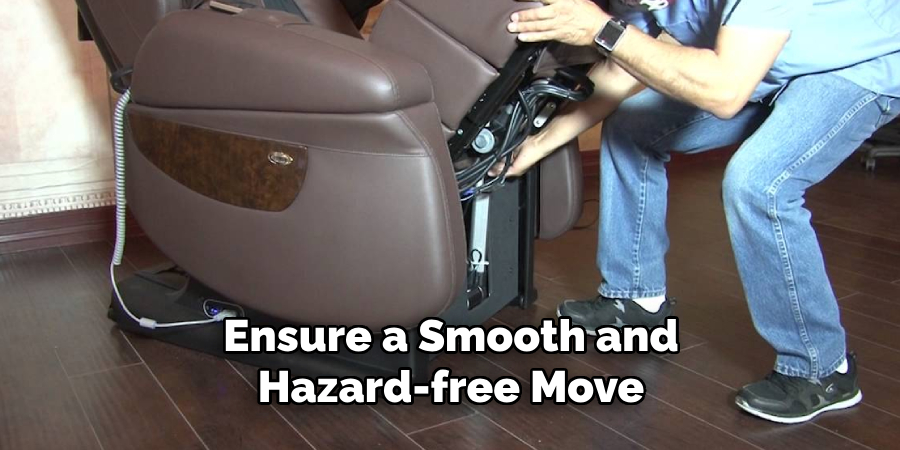
Assessing the Situation
Before you begin the process of moving your massage chair, it’s critical to assess the situation thoroughly. Start by examining the path you intend to take while moving the chair, identifying any potential obstacles or tight spots that may pose a challenge. Measure doorways, hallways, and staircases to ensure that the chair can pass through comfortably. Taking these preliminary steps will give you a clear understanding of whether disassembly is required or if additional tools will be necessary to facilitate the move.
Next, consider the layout of both your current space and the destination. This includes planning where the massage chair will be positioned in its new location to avoid unnecessary further adjustments. Check the floor type in both locations, as some floors may require protective coverings to prevent scratches or damage from the chair’s weight.
Gather any equipment you may need, such as furniture sliders, dollies, and straps, to help you move the chair smoothly. If the chair has electrical components, make sure to unplug it and secure any loose cords or parts to prevent damage during transport. Furthermore, assess whether you’ll need additional help; moving a massage chair is rarely a one-person job, and having an extra set of hands can make the task significantly easier and safer.
By thoroughly assessing the situation and planning ahead, you can ensure that the process of moving your massage chair is as efficient and risk-free as possible.
10 Methods How to Move a Massage Chair
Method 1: Prepare the Chair for Moving
Before attempting to move a massage chair, it’s essential to prepare it properly. Start by unplugging the chair from the electrical outlet and securing the power cord to prevent tripping or snagging. Remove any detachable parts, such as cushions or headrests, and pack them separately to avoid damage. If your chair has a remote control, pack it securely in a protective case or bubble wrap. Taking these preparatory steps ensures that all components are protected and reduces the risk of damage during the move.
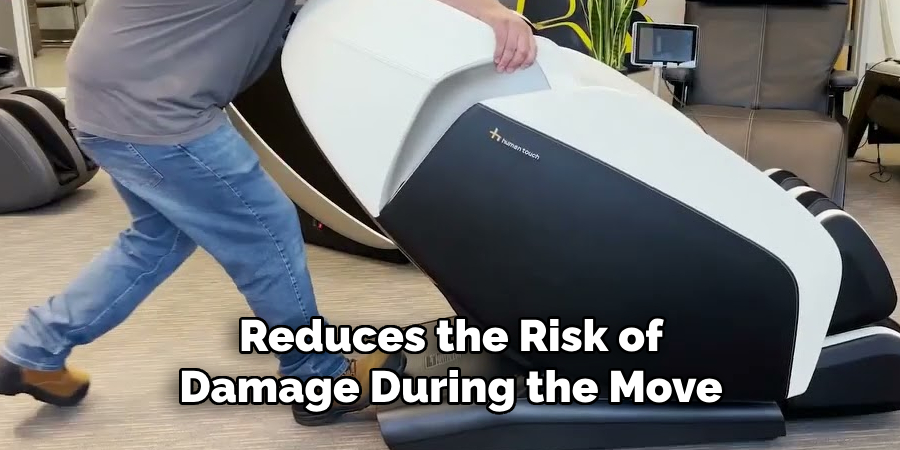
Method 2: Measure Doorways and Pathways
Massage chairs are often bulky and may not fit through standard doorways or narrow hallways without difficulty. Measure the dimensions of the chair and compare them to the doorways, hallways, and any other passageways it needs to go through. If the chair is too large to fit comfortably, you may need to remove doors temporarily or find an alternative route. Ensuring that the chair will fit through all necessary spaces prevents the frustration of discovering that it won’t fit partway through the move.
Method 3: Use Furniture Sliders
Furniture sliders are a great tool for moving heavy items like massage chairs across smooth surfaces. Place the sliders under each leg or corner of the chair to reduce friction and make it easier to push or pull the chair across the floor. Sliders come in various sizes and materials, so choose ones that are appropriate for the type of flooring you have (e.g., carpet, hardwood, tile). This method helps to protect your floors from scratches and reduces the effort needed to move the chair.
Method 4: Enlist Help
Moving a massage chair is not a one-person job. Enlist the help of at least one other person to ensure the move is safe and efficient. Having extra hands will make it easier to lift, maneuver, and balance the chair, especially when navigating tight spaces or stairs. Clearly communicate with your helpers about the plan and any specific instructions to ensure everyone is on the same page. Teamwork is crucial to prevent accidents and ensure the chair is moved without damage.
Method 5: Utilize a Dolly or Hand Truck
A dolly or hand truck can significantly ease the process of moving a heavy massage chair. To use a dolly, tilt the chair backward and slide the base of the dolly under it. Secure the chair with straps to prevent it from tipping or sliding off during the move. Carefully tilt the dolly back and roll it to the desired location. Using a dolly helps distribute the weight evenly and reduces the physical strain on your body, making it a safer option for moving heavy furniture.
Method 6: Disassemble If Possible
Some massage chairs are designed with removable sections or parts that can be disassembled for easier transport. Consult the user manual or manufacturer’s instructions to see if disassembly is an option for your chair. If it is, carefully take apart the chair, keeping track of all screws, bolts, and other hardware. Pack the disassembled parts securely in labeled boxes or bags. Disassembling the chair can make it significantly lighter and easier to maneuver, especially through tight spaces.
Method 7: Use Moving Blankets and Padding
To protect the massage chair from scratches, dents, and other damage during the move, wrap it in moving blankets or padding. Secure the blankets with packing tape or straps to keep them in place. Pay extra attention to areas with delicate electronic components or leather upholstery. Moving blankets provide a cushioned layer that absorbs shocks and impacts, ensuring that the chair arrives at its new location in pristine condition.
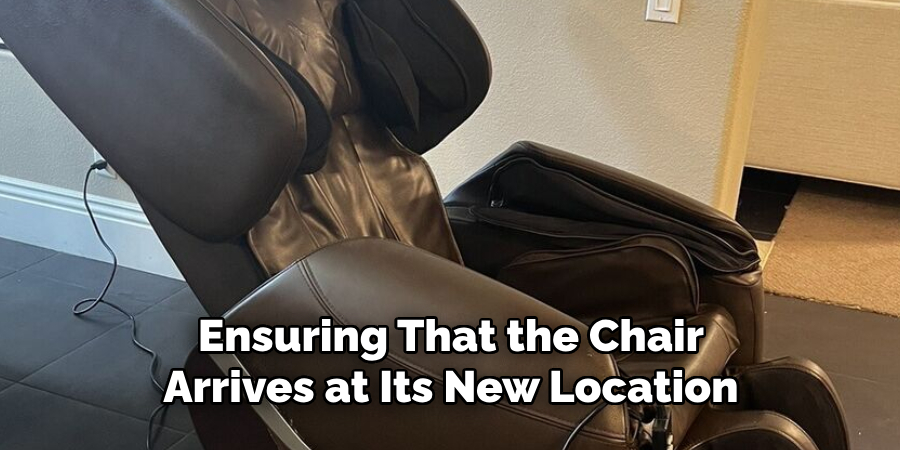
Method 8: Navigate Stairs with Caution
Moving a massage chair up or down stairs requires extra caution and planning. If possible, use a stair-climbing dolly designed for heavy loads. Ensure that the chair is securely strapped to the dolly and that you have enough people to help guide and support the load. Move slowly and communicate clearly with your helpers to synchronize your movements. If a stair-climbing dolly is not available, consider using a rope or pulley system to lower or raise the chair carefully. Safety should be your top priority to prevent accidents and injuries.
Method 9: Protect the Chair During Transport
If you need to transport the massage chair in a vehicle, ensure it is properly secured to prevent movement during transit. Use straps or bungee cords to anchor the chair to the vehicle’s interior, minimizing the risk of it tipping over or shifting. If possible, transport the chair in an upright position to avoid putting undue stress on its mechanisms. Cover the chair with moving blankets to protect it from dust, dirt, and potential damage from other items in the vehicle.
Method 10: Reassemble and Test the Chair
Once you have successfully moved the massage chair to its new location, it’s time to reassemble any parts that were removed. Follow the manufacturer’s instructions carefully to ensure everything is correctly and securely reattached. Plug the chair back into an electrical outlet and test all functions to ensure it is working properly. Check for any signs of damage that may have occurred during the move and address any issues promptly. Reassembling and testing the chair ensures it is ready for use and in good working condition.
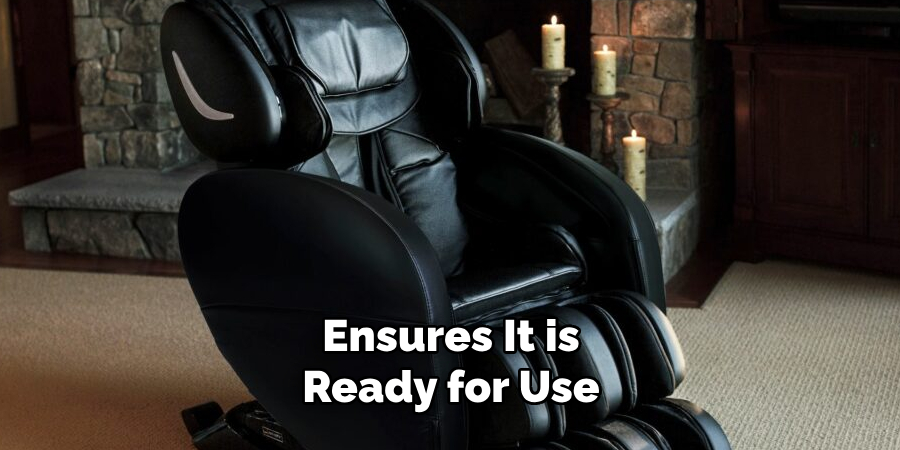
Conclusion
Moving a massage chair requires careful planning, the right tools, and a methodical approach to ensure it is done safely and efficiently. By preparing the chair properly, measuring pathways, using tools like furniture sliders and dollies, enlisting help, and protecting the chair during transport, you can minimize the risk of damage and injury.
Whether you’re moving the chair within your home or to a new location, these ten methods provide a comprehensive guide to handling the task with confidence. Thanks for reading, and we hope this has given you some inspiration on how to move a massage chair!
